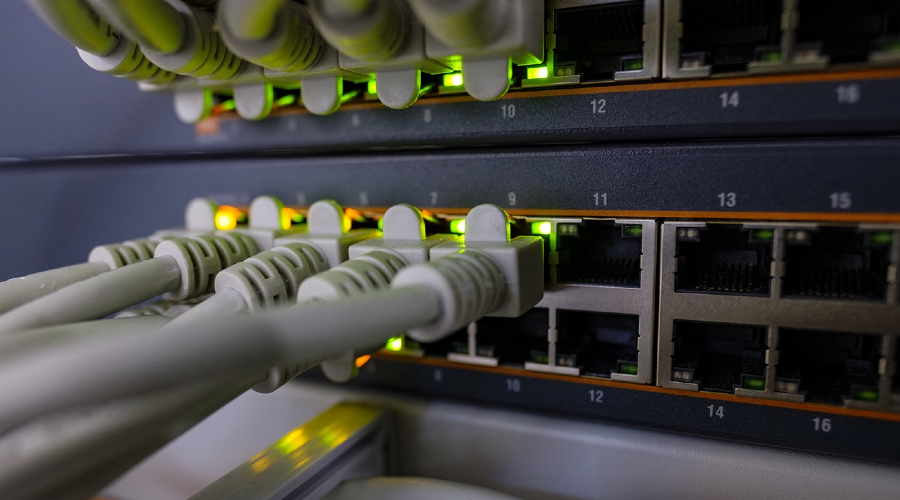LAN switches may be the unassuming hardware facilitating seamless data transfer within networks, but they have become integral components in the world of connectivity. However, as cyber threats grow in complexity and number, safeguarding LAN switches has emerged as a paramount concern. One important way to ensure good cyber hygiene is to maintain strict control of your supply and purchase equipment only from authorized and trusted suppliers.
According to the Cybersecurity and Infrastructure Security Agency (CISA), products procured through unauthorized channels are often known as counterfeit, secondary or gray market devices. Numerous media reports have described the introduction of gray market hardware and software into the marketplace. Illegitimate hardware and software present a serious risk to users' information and the overall integrity of the network environment.
CISA recommends requiring resellers to enforce integrity checks of the supply chain to validate hardware and software authenticity. Upon installation, all devices should be inspected for signs of tampering. Serial numbers should also be validated from multiple sources.
Ahead, you can learn more best practices for securing LAN switches to protect sensitive data and ensure network integrity.
Implement strong authentication mechanisms — The first layer of defense in securing LAN switches is robust authentication. Employ features like port security, 802.1X authentication, and multi-factor authentication to ensure that only authorized devices and users gain access. Port security restricts specific MAC addresses from connecting to ports, while 802.1X mandates authentication for network access. Combining these methods enhances overall security significantly.
Regularly update firmware and software —LAN switch manufacturers consistently release updates and patches to address vulnerabilities and bolster security. Keeping an end customer’s switch firmware and software up to date is essential to defend against known exploits. Establish a routine for regular updates and ensure that critical security patches are applied promptly. This proactive approach drastically reduces the risk of falling victim to known vulnerabilities.
Employ access control lists (ACLs) — Access Control Lists (ACLs) serve as formidable tools for managing traffic flow and enhancing security on LAN switches. ACLs empower network administrators to define rules that permit or deny traffic based on source and destination IP addresses, port numbers, and protocols. Through the deployment of ACLs, installing security contractors can limit exposure to potential threats and minimize the attack surface of end customer networks.
Implement network segmentation — Network segmentation is the practice of dividing a LAN into smaller, isolated subnetworks. This approach assists in containing security breaches and constraining lateral movement for potential attackers. By segmenting a network, you can institute tighter security controls and minimize the impact of security incidents. Virtual LANs (VLANs) are commonly employed for network segmentation within LAN switches.
Monitor network traffic continuously — Continuous monitoring of network traffic is imperative for detecting and responding to suspicious activities promptly. Utilize network monitoring tools and intrusion detection systems (IDS) to analyze traffic patterns and identify anomalies. Real-time monitoring allows for swift action in the event of a security incident, mitigating potential damage.
Harden switch configurations — "Hardening" LAN switches entails the deactivation of unnecessary services, ports, and protocols to minimize potential attack vectors. Eliminate default configurations, limit remote access, and enforce the use of strong passwords for administrative accounts. By adhering to these security best practices for switch configurations, you can significantly reduce the chances of unauthorized access and mitigate common attack vectors.
Employ network access control (NAC) — Network Access Control (NAC) solutions provide an additional layer of security by evaluating the health and compliance of devices before granting network access. NAC systems can assess device security postures, ensuring they meet specific criteria, such as updated antivirus software and patched operating systems, before allowing network entry. This proactive measure prevents vulnerable or compromised devices from entering your network.
Securing LAN switches is a pivotal component of comprehensive network security. By implementing these best practices, organizations can reduce the risk of cyberattacks and safeguard sensitive data and network infrastructure.






